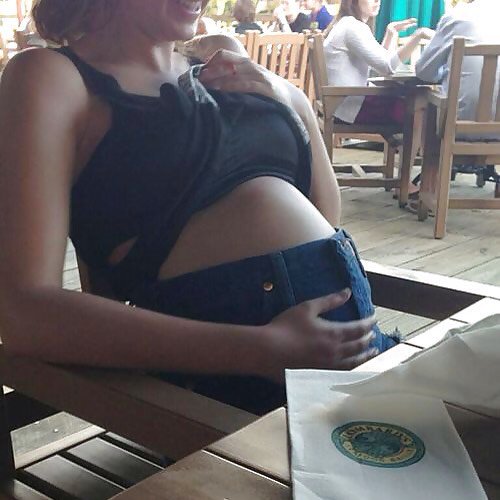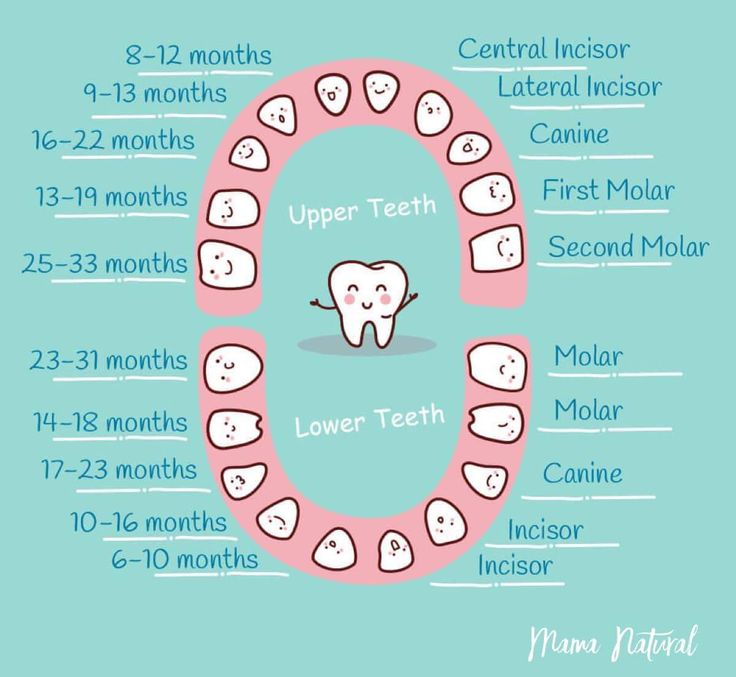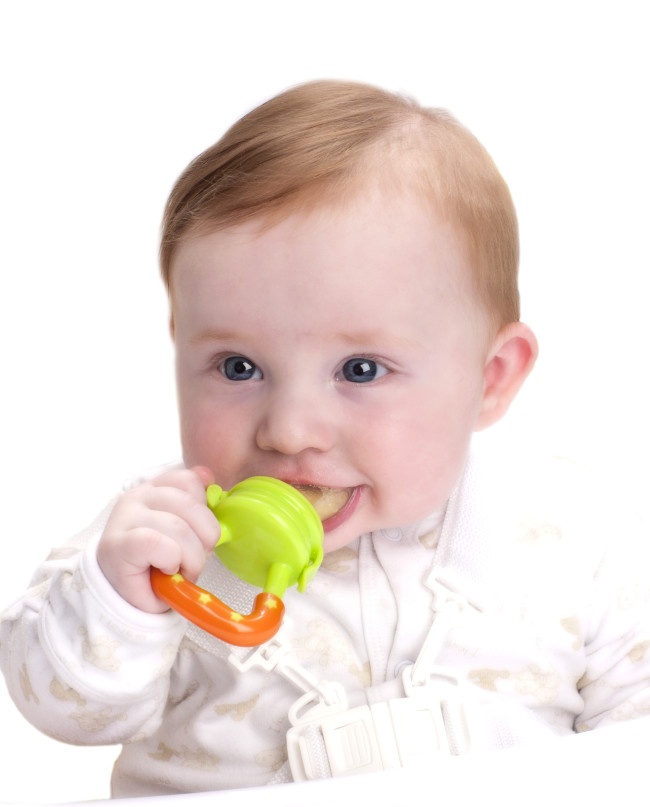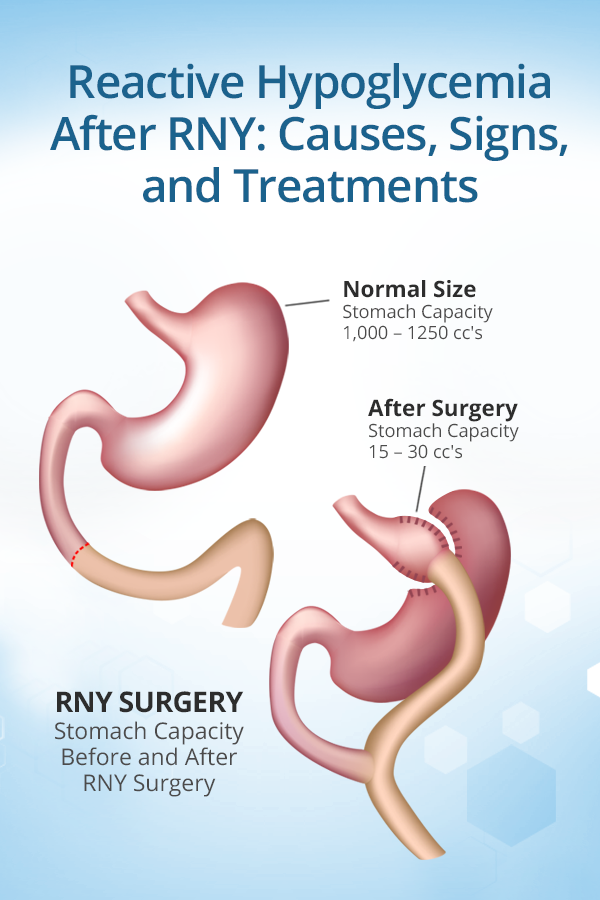Baby stuffs food in mouth
Help! My Child shoves too much food into their mouth
If your baby or toddler keeps shoving food into their mouth, here are some top strategies you can try to become their speed bump and help them to slow down.
Does your adorable little one constantly turn into a competitive eater during mealtimes? Yup! That was my son for the longest time. It drove me nuts and super anxious seeing him constantly shoving food into his tiny mouth. It’s a miracle he never choked!
While it’s a phase that they normally go through during this self-feeding journey, it may last longer for some little ones compared to others. And no matter the duration, it can feel like an eternity for the parents watching nervously.
Here are some things you can try to help your child to slow downServe less foodSeeing a lot of food on the plate can be quite overwhelming, especially for babies. Some may react by playing, throwing, or ignoring the food all together. Others might start shoving everything in sight. If any of these behaviors have become a common sighting during mealtimes,then try serving less to start and see if they slow down their pace.
Always follow your child’s lead, offering more if they continue to show interest in eating.
Serve more foodNow I’ve just confused you. I know this is the complete opposite of what I just suggested, but here’s the thing. Every child is different. I learned that serving more food, which seems so counterintuitive, works really well with my child! Although there are days when it doesn’t. But that’s pretty typical. You just never know with toddlers , right?
I started noticing that he was shoving food in as fast as he could so that he could get to the next portion. How did I know? During every mealtime, he’d shove everything on the plate and scream “more” with his overstuffed mouth. It was as if he was worried that the food will run out.
If this sounds like your child, try serving more at a time. Family-style meals will work especially well here. Place all the food at the center of the table and allow everyone to help themselves. Seeing abundance rather than scarcity can help them to relax and enjoy their meal at a slower pace.
Family-style meals will work especially well here. Place all the food at the center of the table and allow everyone to help themselves. Seeing abundance rather than scarcity can help them to relax and enjoy their meal at a slower pace.
- Did you notice the oranges on the right? If you’re serving something sweet at the end of the meal (fruits, desserts, etc.), try serving it WITH the meal. If you have a hearty eater, they might be eating fast to get to the “prized” sweets. That was C also. OR your child might not eat much during mealtimes to save room for them. Therefore, put the sweets on a level playing field with the rest of the meal. It will make them less appealing. I promise.
- Isn’t that too much food? Fully allow your child to be in control of how much to eat. What might look to you like an insane amount of food for your child might not be so much to them. Or perhaps it was and they ate too much.
 And they’ll learn from their mistakes. They will experience for themselves what it feels like to be overly full and may respond differently next time. Or the next... They will make mistakes. And out of these mistakes will come their wisdom.
And they’ll learn from their mistakes. They will experience for themselves what it feels like to be overly full and may respond differently next time. Or the next... They will make mistakes. And out of these mistakes will come their wisdom. - What to do with leftovers? Either you can eat them or can save for the next meal if untouched
- What if they only eat one thing and ask for more? The most important thing you can do is to stay calm and relaxed. Never engage in activities that can actually prolong picky eating, which includes negotiating, bargaining, bribing, pressuring, rewarding, and restricting. Instead, listen to your child. If that one food is all that they want, then you can certainly give more. Just don’t offer something that wasn’t on the plate initially.
While it might seem wasteful, your child got to see, smell (and perhaps touch or spit out) all the different foods. And that’s powerful! Don’t believe me? Check out this post – Repeated Exposures to Foods.
How can you gently encourage them to try the food that’s getting no love, particularly vegetables? Click here for my top tips.
Help them to learn to take bitesBecause I was so anxious, I constantly found myself cutting food into smaller pieces and taking away his plate to encourage him to chew before handing it back to him.
I talk about serving smaller pieces of food when pincer grasp develop. But of course, bite-sized pieces made it easier for my eager eater to pop them into his mouth one after another.
So if you’re finding yourself in the same boat as I was, it’s time to give them plenty of opportunities to learn to take bites.
If interested in seeing more of my son's meals, head on over to my Instagram page - @kidfriendly.meals. I shared his meals since day 1 of starting our baby led weaning journey.
For us, these foods helped a great deal. No matter how hard he tried, he couldn’t possibly stuff it all into his mouth. Yes, he got super frustrated at first. And Yes, the mess was UNREAL (that stuffed shell? the filling had zero chance of staying intact),
And Yes, the mess was UNREAL (that stuffed shell? the filling had zero chance of staying intact),
BUT he slowly started getting the concept of taking small bites & tearing food into smaller pieces with his hands
I especially loved rice cakes and toasts - easy to prepare and you can get super creative with the toppings, yogurt (mixed with seeds, chopped veggies, fruits, etc.), nut butters, hummus, mashed beans, pesto, etc.
I cut the rice cakes into ¼ths to start, then halves, and then eventually started serving them whole.
For the toasts, I found that he was fully capable of shoving ½ a slice of bread so I just offered whole from the beginning. Not pictured, quesadillas would be a good option too!
Also try English Muffin Pizza and Savory French Toast!
Offer utensils or toothpicks
Using these will means they’ll need to use their fine motor skills, which will help slow down their pace. They may just play with them, which is fine too. I like to think of it as exploring.
My toddler is very proficient with his utensils now, but he definitely went through the oh so fun phase of playing, throwing, using it to scratch his face, hair (not the hair!), feet…you get the picture.
Our children are processing and learning with EACH and EVERY exposure. So if you’re wondering when your child will start to eat with their utensils, KEEP OFFERING, BE PATIENT, and then be prepared to be amazed one day.
Be a role modelDon’t underestimate the profound effect of them seeing you taking sips of water, pausing, chewing, etc.
Take the focus away from food
Engage them in conversations. Mealtimes aren’t just for eating. Have fun and enjoy each other’s company!
Take away any distractions
Such as screentime, toys, etc. This can encourage mindless eating.
Don’t be afraid to seek professional help
If mouth stuffing continues after having tried just about everything under the sun, this may be a sign that there are some other underlying sensory or motor difficulties that needs special attention.
Now tell me! Does your child like to shove food? If so, what strategies have you tried to help slow down their pace? Have you tried any of the ones mentioned here?
Mouth Stuffing and Food Pocketing in Young Children
Has your baby or toddler ever filled their mouth with blueberries – one after the next – without chewing and swallowing? Perhaps they store them in their cheeks or at the roof of their mouth and you find food a few hours later!
Is this normal?
Is it behavioral?
Is this a sensory processing issue?
This question comes up almost daily in my practice as an Occupational Therapist specializing in feeding therapy.
Photo credit from top left, clockwise: @druckstarr, @shaysmomlife, @ccamila55, @lilmisskekeisenIn short, food pocketing and stuffing can happen when children are eating too fast and haven’t mastered chewing skills, but if pocketing becomes a persistent issue despite using the preventive measures listed in this post, it may be time to seek professional help.
To understand why your child may pocket or overfill their mouth, let’s briefly discuss their oral development.
Note: the images used in this post were provided by parents in our Facebook Group and are used with permission. The children in these images aren’t pocketing food but rather have adorable, squishy cheeks!
Disclosure: some of the links below are affiliate links, which means (at no cost to you) we will make a small commission if you click through and make a purchase.
@rukiperezMouth development and oral awareness
Starting at birth, we want your baby to learn to soothe themselves by placing their own hands into their mouth. By doing this, they learn the landscape of their mouth. This type of self-soothing with hands is comforting to babies and is exactly what we want them to do!
Your baby eventually learns how to bring toys further into their mouth and learns to gum and teethe on these safe teething toys. This is a developmental milestone that should be encouraged. They first learn where their mouth is, and then they learn about the boundaries within their mouth, such as the tongue, the hard palate and the back of their mouth.
They first learn where their mouth is, and then they learn about the boundaries within their mouth, such as the tongue, the hard palate and the back of their mouth.
Your baby will also learn to open and close their mouth around toys and their hands, and they soon learns that placing a toy straight back in their mouth may cause them to gag. They also learn when their mouth is too small for a large toy. In the OT world, we call this mouthing and the development of oral play skills. This is exactly what we want to see babies doing before 6 months of age.
Mouth stuffing and food
Once your child starts feeding herself, which can happen around 6 months if you’re doing Baby-led Weaning, they may discover that they can put lots of food in their mouth. Their mouth is now bigger than it once was when they were a young baby, and they may get excited about eating new flavors and textures – so excited that they jam them all in their mouth at once. Perhaps they store them in their cheeks, chipmunk style.
What do you do?
In the case of pocketing and mouth stuffing, prevention is the best remedy.
Preventing your child from stuffing in the first place is the safest and most effective way to manage chipmunking.
How do you prevent mouth stuffing?
- Be your child’s speed bump – help them slow down their pace of eating by offering only one or two pieces of food on their tray or plate. If they’re old enough, give them the option of serving themself with small spoons, getting just one blueberry at a time.
- Offer frequent sips of water from an open cup or straw cup. Model drinking water with meals yourself. This will help your child wash down food and will slow down their pace of eating.
- Novelty utensils like animal bento picks (2-3+ years) as well as blunt toothpicks, require more fine motor control and will slow their eating speed.
- If the food is a bread product, use cookie cutters to make various sizes that may feel different when they take bites.
 You can also try FunBites Food Cutter to cut sandwiches and other foods into bite-sized pieces.
You can also try FunBites Food Cutter to cut sandwiches and other foods into bite-sized pieces. - Older toddlers may understand taking different size bites. Ask your child to take a mouse-sized bite, then a dog-sized bite, then a dinosaur-sized bite. Work with various sizes until they understand that they can control how much food goes into their mouth by the bites they takes.
- Talk to each other at mealtimes and encourage other language skills – don’t just talk about chewing the food. Yes, sometimes we need to remind our children to chew and take sips of water, but we also want them to remember that mealtime is a positive experience. Model and imitate safe, slower eating skills and take sips of water yourself.
- Make sure that your child isn’t watching a device or TV during mealtimes, as this can promote mindless eating and can increase the risk that they’ll stuff.
- Ask yourself if you’re pressuring your child to eat – sometimes kids stuff food in their mouths because they’re required to take a certain amount of bites (perhaps to “earn” dessert) but really don’t want to eat that food.
 We highly recommend taking our toddler course to help make mealtime better without bribery or using pressure.
We highly recommend taking our toddler course to help make mealtime better without bribery or using pressure.
Your child’s mouth is already overstuffed with food – now what?
While prevention is key with overstuffing, if stuffing happens it’s critical to maneuver food out of their mouth safely.
1. Encourage your child to chew, but if they won’t ask them to spit out the food, take a sip of water, and start over.
2. Offer her a small bite as their next bite and use the strategies listed above.
3. If your child won’t spit out the food, won’t chew and swallow, and won’t drink any water, you may have to remove the food from her mouth. Be extremely careful, as you may push food further back in her mouth. Use your finger to slide food to the side and forward, not back. This may be a negative experience for your kiddo and should be only used as a last resort. This is not recommended when your baby is gagging while learning to eat and should only be used if you can clearly see the food that they won’t spit out or chew.
When should you seek help?
@jennyslensIf you regularly find food stored in your child’s mouth minutes to hours after a meal, it may be time to seek professional help. While it can be behavioral, food stuffing may also be a red flag that your child is not chewing their food and may not be feeling the food within their mouth. A lack of oral sensation can lead to stuffing because excess food helps your child understand the boundaries of their mouth better. They may seek out crunchy or chewy textures or may crave highly flavored foods (spicy, sour) to “wake up” the oral sensations within their mouth.
This behavior is concerning to feeding professionals and may require therapy. Speak with your pediatrician and seek professional help for your child if this is a persistent problem. We recommend scheduling an assessment with a Feeding Specialist (either an Occupational Therapist {OT} or a Speech Language Pathologist {SLP}) who has specialized training in oral/mouth development.
If your child is regularly pocketing food, please always do a mouth check before they leave the table, as this can be a safety and choking concern.
We hope this helps you keep your kiddo’s mouth safe and keeps their cheeks available for sweet parent kisses, not food pocketing!
The child holds food and does not swallow: malyshi — LiveJournal
?-
Tsarevna-LED (Vrubel) ( Princess_LEBED ) Wrote in Malyshi ,
Tsarevna LED (VRUBUBLE)
PRINCESS_
- Food
- Children
- Cancel
1) Problem: daughter 2.2, 20 teeth, always had a poor appetite, eats a very limited set of products, and for the last month she has generally started to keep food in her mouth and not swallow :(( Just recently I fed her soup, everything is small cut it, the soup is delicious, but no, she ate a few spoons, and then keeps it in her mouth. I, as a person who is unrestrained in life, start to get nervous, scold her, she may start to roar, but she does not swallow. after soup begged for Barney's bear and swallowed it perfectly.0011 What could be the problem? I don’t like food, in general, a little baby, as soon as it starts to hold in its mouth, stop feeding, it doesn’t matter that before that I ate just a couple of spoons?
2) We also have a problem, we taught our child to eat half cartoons, now we are trying to get away from this. But then the op begins. What to do? Endure, do not turn on cartoons, let him roar and not eat?
What to do? Endure, do not turn on cartoons, let him roar and not eat?
3) We still cannot come to the format "the child eats the same as the parents." Anyway, I cook for her separately for dinner. Get away from it? They tried, for example, gave pilaf, vegetable stew, do not eat. What to do? If you don’t want ours, don’t eat, but I won’t cook separately either, let’s go to bed. So?
my daughter goes to the GKP, where she eats breakfast (porridge, she eats it herself) and lunch (soup, sometimes half a cutlet + mashed potatoes, the teachers feed her with this). Naturally, all without cartoons. It doesn’t seem to keep food in the garden, but according to the teacher, I didn’t see it myself. We feed her at home, she doesn’t eat herself, at most she can eat cottage cheese and drink kefir.
Tags: 2-3 years old, food (adult)
Subscribe
-
Tail hurts, back falls off
Hello! Recently, my back problems have worsened, it hurts mainly in the non-metallic and sacral parts of the spine, sometimes it gives in .
 ..
.. -
advise a nephrologist for an adult
Good afternoon! Maybe someone has information about a good nephrologist. I will be very grateful!
-
Probing of the nasolacrimal canals according to CHI
Talk to me about what I'm doing wrong. I have a 5 month old baby diagnosed with neonatal dacryocystitis, there is a recommendation of two independent…
Photo
Hint Previous
← Ctrl ← Alt
- 1
- 2
Next
Ctrl → Alt →
-
Tail hurts, back falls off
Hello! Recently, my back problems have worsened, it hurts mainly in the non-metallic and sacral parts of the spine, sometimes it gives in ...
-
advise a nephrologist for an adult
Good afternoon! Maybe someone has information about a good nephrologist.












